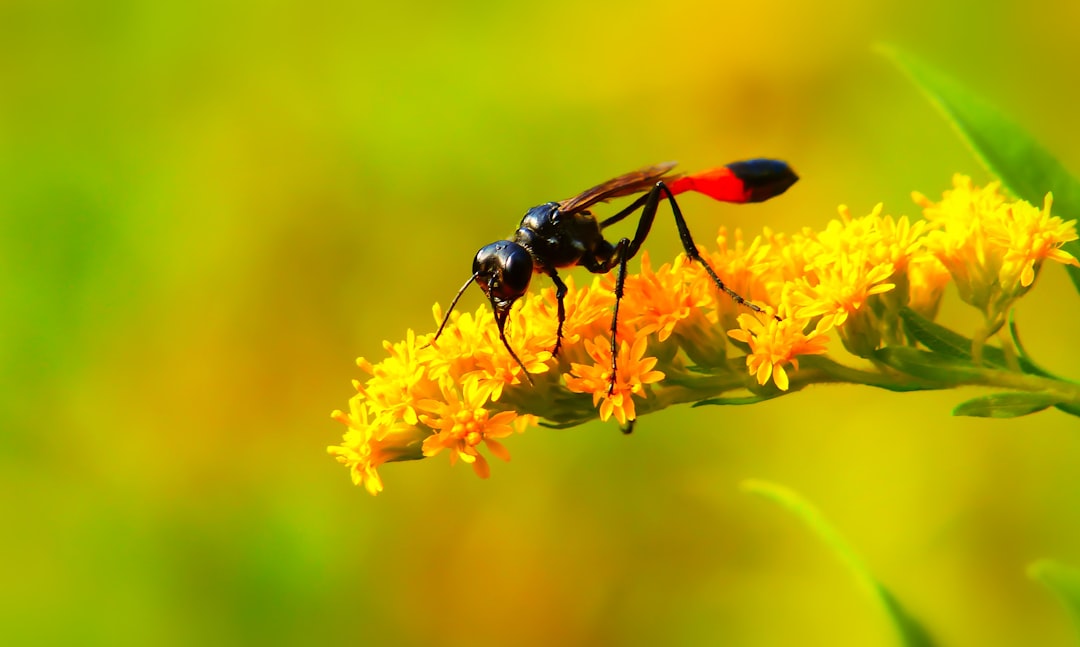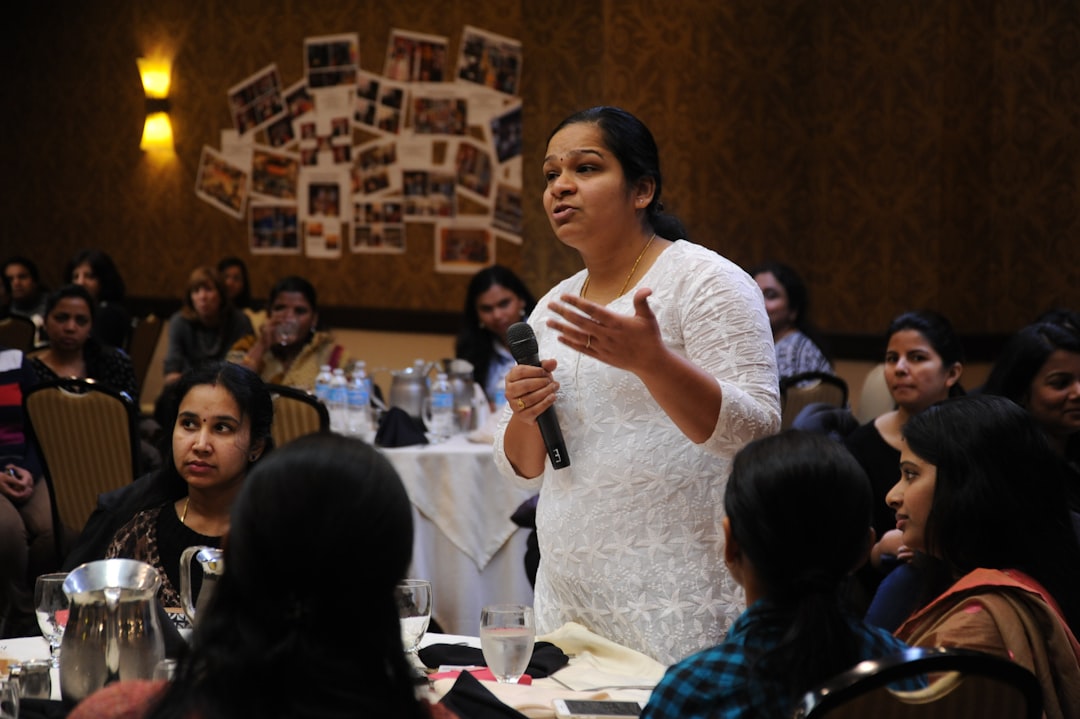What is it about?
Basic population measures are needed to make informed conservation decisions. This article shows how this can be done for South Africa's birds using the citizen science SABAP database (hosted at University of Cape Town), where bird watchers upload lists following set protocol.
Featured Image
Why is it important?
There are too many species for conservation biologists to keep track of all at once: overlooked and uncharismatic species may slip through conservation effort gaps. Now, quickly and easily it is possible to use citizen science data to examine trends in populations, ranges and fragmentation for bird species in southern Africa, although the model can be extended more broadly to other citizen science projects.
Perspectives
I have been contributing to the atlas project as a citizen scientist myself since my return to South Africa in 2010. I used the data for the first time to inform conservation status of the fynbos endemic birds, and then realized this needed to be done for all SA endemic birds on seeing that the Red List approach was a bit adhoc. This set in motion several years trying to figure out the best ways to make use of the data publicly available through the sabap2 website.
Dr Alan Tristram Kenneth Lee
University of Cape Town
Read the Original
This page is a summary of: Estimating conservation metrics from atlas data: the case of southern African endemic birds, Bird Conservation International, March 2017, Cambridge University Press,
DOI: 10.1017/s0959270916000307.
You can read the full text:
Contributors
The following have contributed to this page










